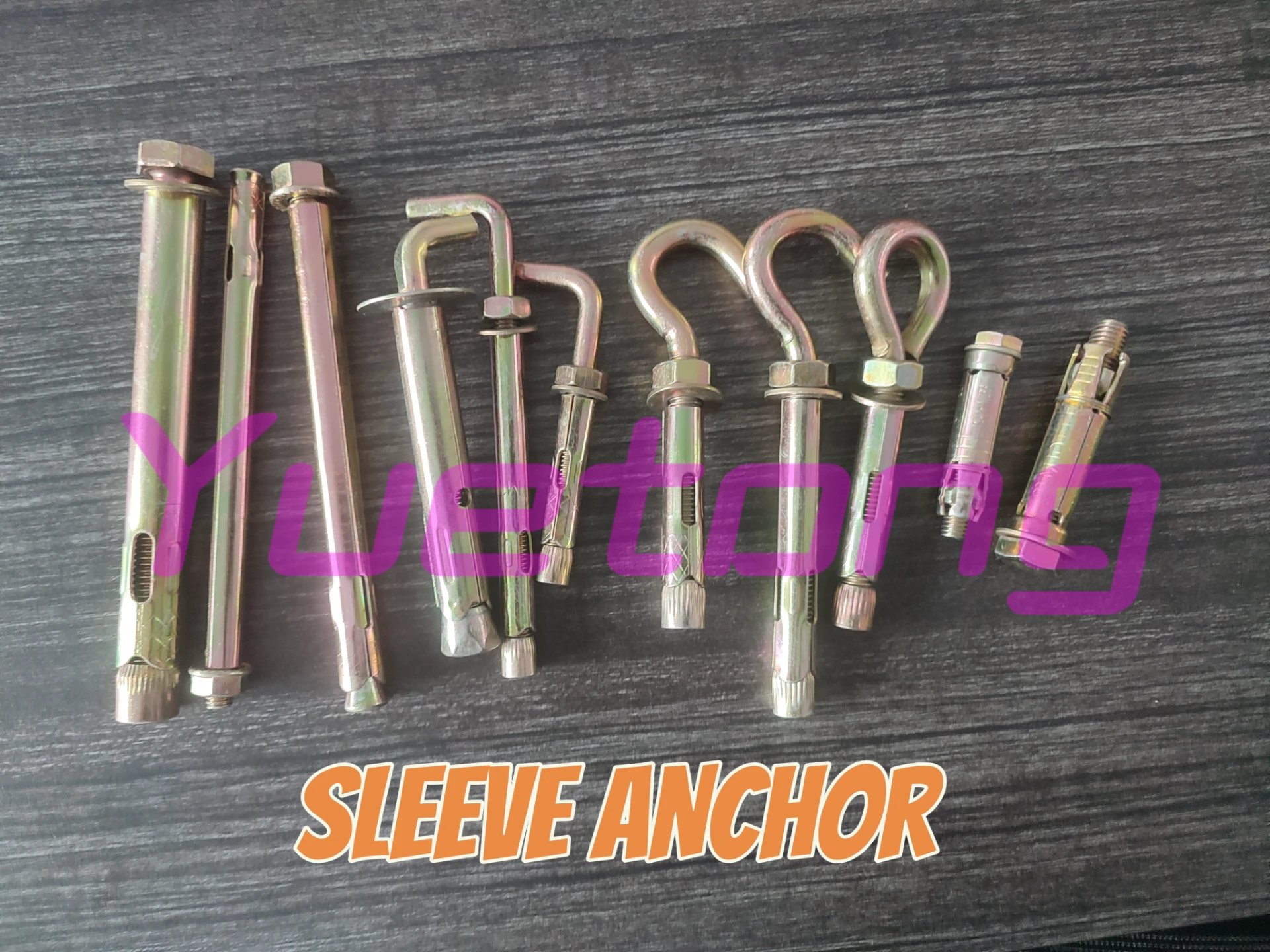oct. . 03, 2024 19:55 Back to list
cutting stainless steel threaded rod
Cutting Stainless Steel Threaded Rod A Comprehensive Guide
Stainless steel threaded rods are versatile fasteners widely used in various industries, from construction to home improvement projects. Their corrosion-resistant properties and durability make them ideal for applications where exposure to moisture and chemicals is a concern. However, when it comes to working with stainless steel threaded rods, cutting them can be a challenging task without proper knowledge and tools.
To begin with, selecting the right cutting method is crucial. Common methods include using a hacksaw, a band saw, or even a power tool like an angle grinder. Each method has its pros and cons. A hacksaw is a manual tool that might take longer but allows for better control, making it suitable for smaller or more precise jobs. On the other hand, power tools are faster but require more skill to avoid damaging the threads or misaligning the cut.
Before cutting, ensure to measure the required length accurately. Using a caliper or measuring tape, mark the rod at the desired cutting point with a permanent marker or chalk for visibility. A stable work surface is essential; clamping the rod securely prevents it from moving, reducing the risk of injury and ensuring a clean cut.
cutting stainless steel threaded rod

When using a hacksaw, select a blade specifically designed for cutting stainless steel. These blades are often bi-metal and have a higher tooth count, facilitating a smoother cut. For power tools, using a diamond or carbide-tipped blade is recommended as they can handle the toughness of stainless steel effectively.
As you begin cutting, maintain a steady, moderate pace. Applying too much pressure can lead to blade binding or overheating, while too little pressure may result in an uneven cut. If using a power tool, let the tool do the work; forcing it can damage both the tool and the material.
Finally, after cutting, the edges of the stainless steel threaded rod may be sharp. Deburring the cut edges with a file or grinder will ensure safety and prevent damage to nearby materials or hands.
In conclusion, cutting stainless steel threaded rods requires careful preparation and the right tools. By following these guidelines, you can achieve clean, precise cuts and successfully utilize threaded rods in your projects. Whether for construction, repair, or DIY tasks, mastering this skill will undoubtedly enhance your proficiency in working with stainless steel.
-
The Ubiquitous Reach of DIN934 in Application Realms
NewsMay.16,2025
-
Exploring Different Bolt Types
NewsMay.16,2025
-
Cracking the Code of Sleeve Anchor Mastery
NewsMay.16,2025
-
Clamp Design Principles,Types and Innovations
NewsMay.16,2025
-
Artistry Inspired by the Humble Anchor Bolt
NewsMay.16,2025
-
A Deep Dive into Screw Types
NewsMay.16,2025


